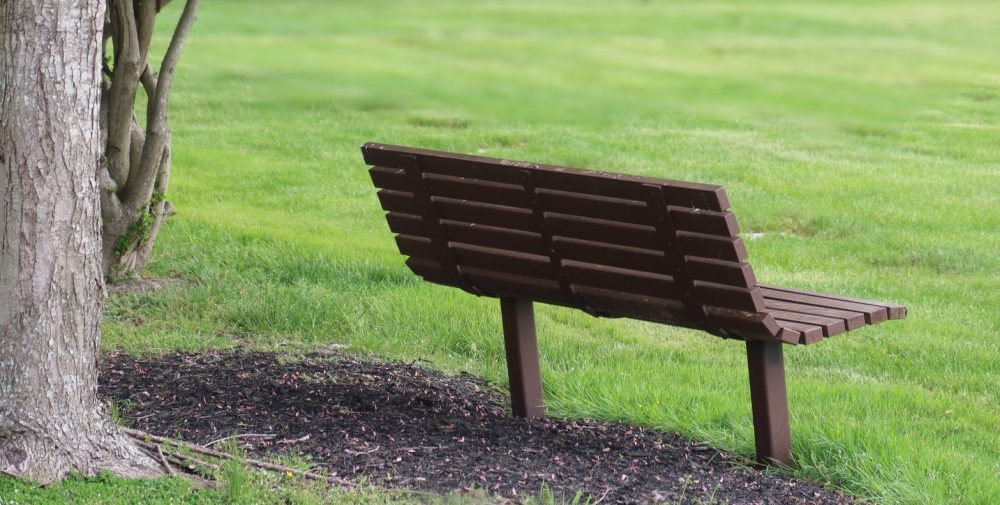
In 1943, in an attempt to protect their airplanes from being shot down, the US Airforce employed a number of specialists to see what could be done to reinforce their planes and increase their likelihood of returning from sorties. The returning planes were covered in bullets over the fuselage and wings and surely, presumed the top brass, reinforcing these parts would reduce their chances of being shot down.
One of the experts asked to look into this was the mathematician Abraham Wald. He immediately realised that the experts were looking at the wrong planes to make any sensible conclusions on how to increase the likelihood of a plane returning.
The military had not been looking at the planes that had not made it back; a crucial part of the picture as surely an analysis on the non-returning planes was likely to give a better understanding of which parts of the plane needed reinforcing. By looking at the planes that had returned, the military were looking at the parts the plane could sustain damage to and still manage to return to base.
We are sometimes so overwhelmed by the obvious information … that we overlook what is usually hidden in plain sight.
Recently Sir Patrick Vallance told a news conference that 60% of those admitted into hospital with COVID-19 had been doubly vaccinated. This came as a surprise to many and raised concerns among not only lay people, but some of my colleagues also.
Had the vaccine stopped being effective? Were the variants evading the protection conferred by the vaccine? Social media was also awash with vaccine sceptics beating their chest as to how they had been right all along; the vaccine was useless after all.
A few hours later, however, Sir Patrick corrected himself on his twitter feed. What he had intended to say was that 60% of those admitted into hospital had not been vaccinated. Should we breathe a sigh of relief? Some correctly noted that that means 40% of those admitted had been vaccinated, either once or twice. So which of the two scenarios is more preferable?
Looking beyond the obvious it is immediately clear that on its own this piece of information is not hugely informative. I would argue that it would be preferable that 100% of those admitted to hospital are doubly vaccinated. This may seem counter intuitive. However, scratching below the surface, one immediately realises that the closer we get to 100% vaccine uptake the higher the proportion of those admitted to hospital will be vaccinated. The vaccine is not 100% effective and hence it is inevitable that vaccinated people will end up in hospital.
What is more important is that the number of people in hospital now is much lower than what it was during the previous wave when cases had reached a similar level to now. Therefore, the panic over whether the true number is 40% or 60% is somewhat futile.
We should step back and ask ourselves; is there any bit of data missing which could add to our understanding?
As GPs we are constantly engaged in this during our clinical practice as we look for information in our patients which they are not voluntarily divulging; the subtle body language, the unfinished sentences, the hesitation at the door as they leave. These cryptic clues are utilised along with the openly given history to draw conclusions and management plans on a daily basis.
We too are prone to the confusion arising from how the media reports the pandemic. As Wald demonstrated, we are duty bound to look beyond the obvious, to ensure that our opinions are informed by such reports and not formed by them.
References
1. https://news.sky.com/story/covid-19-vallance-corrects-mistake-to-say-60-of-people-being-admitted-to-hospital-with-coronavirus-are-unvaccinated-12359317
2. Harford T. How to make the world add up. The Bridge Street Press. 2021








